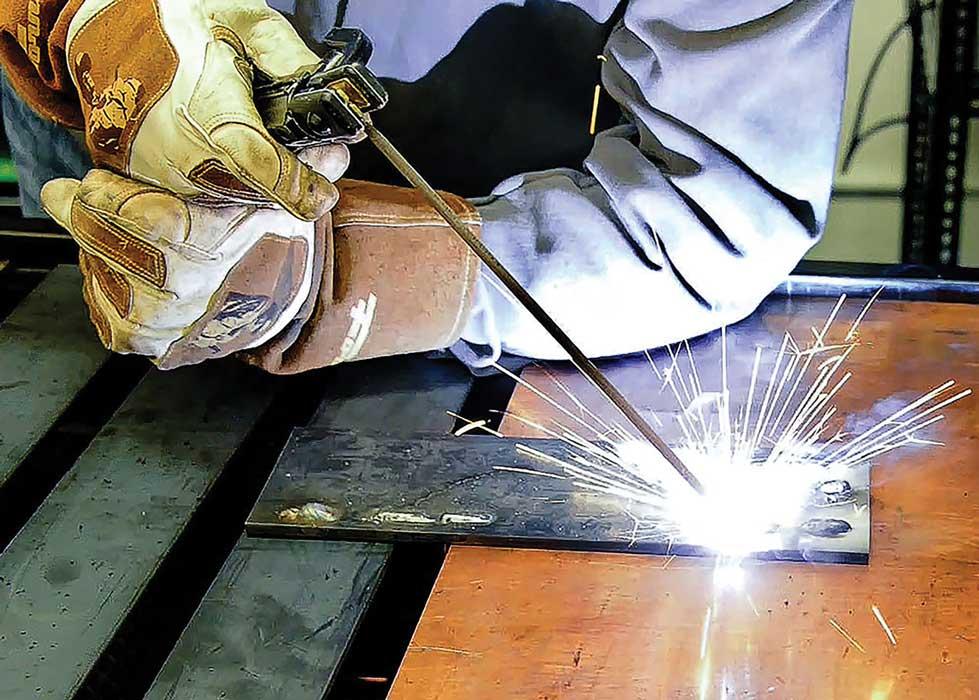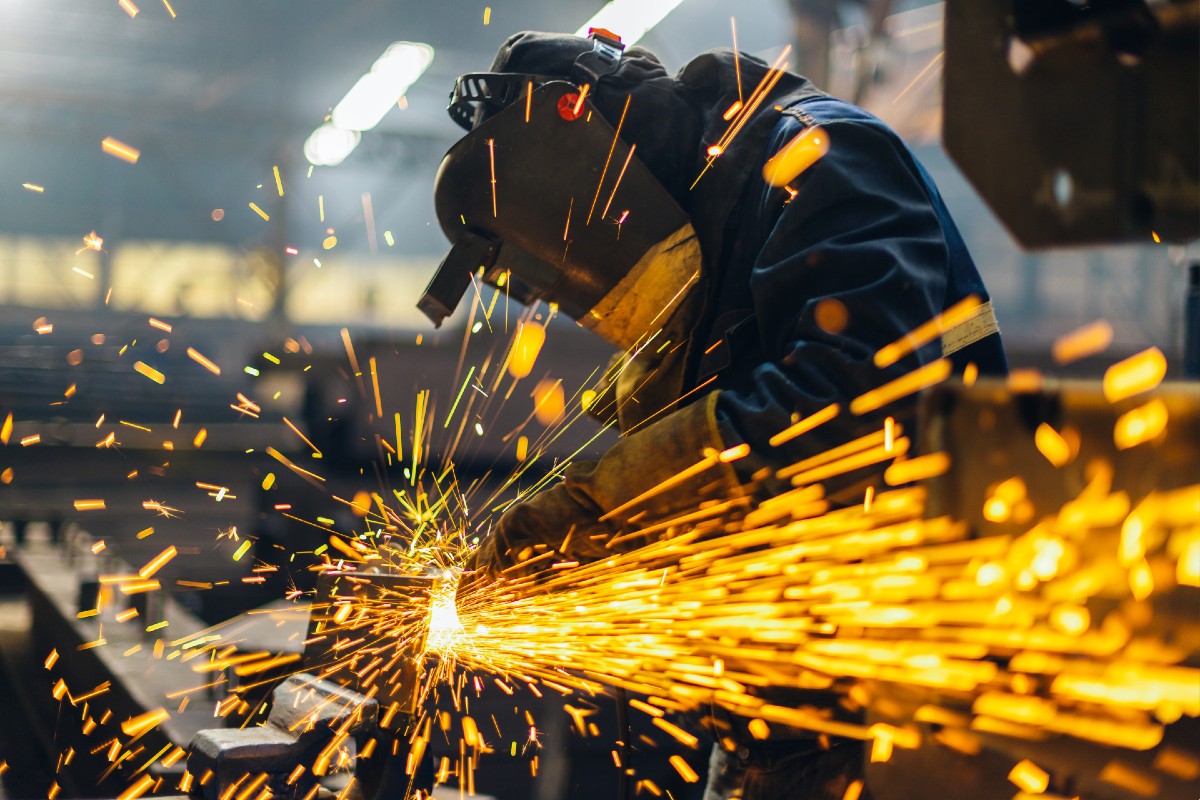Why welds crack and how Montana Mobile Welding and Repair solves them
Everything about Welding: Key Insights Into Techniques and Ideal Practices for Success
Welding includes a range of strategies, each suited for particular products and applications. Comprehending these approaches, such as GMAW, SMAW, and TIG, is essential for achieving optimal outcomes. Additionally, the appropriate equipment and security practices can not be neglected. As preparation and fixing play crucial duties in the welding process, grasping these components can significantly boost the top quality of the last item. What are the key aspects that assure an effective weld?
Comprehending Various Welding Techniques
Welding strategies incorporate a selection of approaches, each matched to particular applications and materials. Among one of the most common techniques are Gas Metal Arc Welding (GMAW), Secured Metal Arc Welding (SMAW), and Tungsten Inert Gas Welding (TIG) GMAW, additionally referred to as MIG welding, is prominent for its rate and flexibility, making it suitable for slim products. SMAW, or stick welding, is preferred for its simplicity and efficiency in exterior settings, particularly with thicker metals. TIG welding uses accuracy and control, making it suitable for detailed work and non-ferrous steels (Montana Mobile Welding and Repair Fabrication). Each technique has its unique advantages and factors to consider, permitting welders to select the very best approach based upon the project's needs, material kind, and wanted end results. Understanding these strategies is necessary for effective welding
Vital Welding Devices and Tools
While various welding techniques call for particular abilities, the appropriate devices and devices are equally vital for attaining quality results. Crucial welding devices includes welding machines, which vary relying on the technique-- such as MIG, TIG, or stick welding. Safety equipment, including handwear covers, headgears, and aprons, warranties safety and convenience throughout the procedure. Additionally, clamps and components help secure materials in position, making certain accuracy in welds. Consumables like welding poles, wire, and shielding gas are also important components that influence the high quality of the weld. Tools such as grinders and cutters assist in surface area preparation and post-weld finishing, adding to a specialist outcome. Purchasing high-quality devices inevitably enhances the efficiency and effectiveness of welding tasks.
Security Practices in Welding
Appropriate safety and security methods are necessary in the welding industry to safeguard employees from possible dangers. Welders must wear suitable personal safety tools (PPE), including headgears with proper shading, handwear covers, and flame-resistant clothes. Appropriate air flow is crucial to minimize exposure to harmful fumes and gases created during the welding procedure. Additionally, employees must be educated in the right handling of welding tools to stop mishaps. Fire security actions, such as keeping flammable products away from the welding location and having fire extinguishers conveniently offered, are required. Routine evaluations of tools and offices can help determine prospective hazards prior to they result in mishaps. By adhering to these security techniques, welders can produce a more secure working setting and reduce threats associated with their profession.
Readying Materials for Welding
Preparing products for welding is a vital step that considerably affects the top quality and integrity of the end product (Welding). Appropriate prep work includes cleaning up the surface areas to eliminate pollutants such as oil, rust, and dirt, which can jeopardize the weld. Strategies such as grinding, sanding, or making use of solvents are typically used to attain a tidy surface. Furthermore, making certain that the products mesh snugly is crucial; voids can cause weak welds. It's also essential to consider the placement and positioning of the elements, as this will certainly impact the simplicity of welding and the last result. Choosing the proper filler material and making certain compatibility with the base steels is essential for achieving solid, durable welds.
Tips for Achieving High-Quality Welds
Achieving top quality welds requires attention to information and adherence to ideal practices throughout the welding procedure. Proper joint prep work is necessary, guaranteeing surfaces are totally free and tidy from contaminants. Picking the appropriate filler material and welding technique based upon the base steels is crucial for ideal bonding. Keeping constant traveling speed and angle while welding can protect against issues and promote uniformity. In addition, controlling heat input is important; extreme warmth can result in warping and compromised joints. If needed, on a regular basis evaluating the welds throughout the process enables for immediate modifications. Lastly, employing appropriate post-weld therapies, such as cleansing and stress and anxiety relief, can boost the resilience and integrity of the weld, ultimately guaranteeing a successful outcome.
Repairing Common Welding Issues
Welding commonly provides difficulties that can impact the high quality and integrity of the last product. Typical concerns such as porosity, irregular weld grains, and overheating can emerge, each requiring details troubleshooting techniques. Comprehending these issues is important for welders to improve their abilities and achieve excellent results.
Porosity Problems Explained
Porosity can frequently be overlooked, it remains a critical problem in welding that can endanger the integrity of a completed product. Porosity describes the presence of tiny gas pockets within the weld bead, which can damage the joint and lead to premature failure. This issue typically emerges from impurities, moisture, or improper protecting gas insurance coverage during the welding process. To mitigate porosity, welders must verify that the base products are completely additional hints dry and clean, utilize appropriate shielding gases, and keep regular welding parameters. Consistently examining the equipment and atmosphere can likewise aid recognize prospective concerns prior to they materialize in the weld. Resolving porosity successfully is vital for attaining solid, resilient welds that satisfy quality standards.

Irregular Weld Beans
Irregular weld beads can greatly influence the top quality and strength of a finished product. Numerous factors add to this concern, including incorrect traveling speed, incorrect amperage settings, and irregular electrode angles. When the welder moves too quickly, a bead may appear slim and do not have penetration, while relocating also slowly can create excessive buildup. Additionally, making helpful resources use of the wrong amperage can lead to either undercutting or too much spatter, both of which concession weld integrity. The welder's strategy, such as inconsistent lantern activity, can likewise cause uneven grain look. To mitigate these troubles, welders should focus on maintaining consistent, controlled motions and ensuring appropriate tools settings to attain uniformity in their welds. Uniformity is vital to attaining strong and trustworthy welds.
Overheating and Bending Issues
Too much warmth during the welding procedure can lead to significant getting too hot and deforming issues, influencing the structural integrity of the workpiece. These problems usually manifest as distortion, which can jeopardize alignment and fit-up, making additional assembly challenging. Aspects contributing to overheating consist of the choice of welding specifications, such as voltage and travel speed, along with the type of material being welded. To reduce these concerns, welders must preserve regular traveling rate and ideal warmth input while keeping an eye on the work surface temperature. Additionally, preheating or post-weld warm therapy can assist reduce tensions caused by fast cooling - Belgrade Welding. Routine examination and adherence to ideal methods are important in protecting against overheating and guaranteeing the durability and dependability of welded structures
Often Asked Inquiries
What Are the Occupation Opportunities in the Welding Market?
The welding industry offers varied occupation chances, including positions as welders, inspectors, designers, and instructors. Experts can function in manufacturing, building and construction, aerospace, and auto industries, gaining from strong demand and affordable wages in different roles.
How Can I Enhance My Welding Speed Without Giving Up Quality?
To improve welding speed without giving up high quality, one must practice reliable methods, keep tools, optimize setups, and enhance hand-eye coordination. Regular training and seeking responses can additionally significantly add to accomplishing quicker, top quality welds.
What Accreditations Are Offered for Welders?
Various accreditations exist for welders, consisting of those from the American Welding Culture (AWS), the National Center for Building Education and Research Study (NCCER), and various industry-specific companies. These credentials improve employability and demonstrate ability efficiency.
Exactly How Does Welding Influence the Properties of Metals?
Welding influences the properties of metals by altering their microstructure, which can bring about modifications in toughness, ductility, and hardness. Heat input and air conditioning prices throughout the procedure considerably affect these product top article features.
Can I Bonded Dissimilar Metals With Each Other?
